When most people think about preparing an actor for a role, the first ideas that come to mind are muscle gain, fat loss, or creating a more athletic appearance. The logic makes sense: film is a visual medium, and how a character looks on screen is a key part of the storytelling.
But here’s the reality: the most important factor in any film preparation or transformation project isn’t the aesthetic. It’s injury prevention.
Why Injury Prevention Comes First
Consistency is the main determining factor for the success of any training program, you can have the most scientifically advanced program ever written – but if the client gets hurt and cant do it, or even if its just too complicated – then its worthless.
An actor cannot reach their aesthetic target if they’re missing workouts due to injury, illness, or even excessive soreness. Every missed session means lost progress – and with film schedules fixed sometimes months in advance, deadlines are deadlines!
Injuries can do more than delay an individual’s progress. On a production, they can cause reshoots, lost opportunities, cancelled days, or schedule changes that cost money and affect entire teams.
Actor Availability
The first priority in film preparation is always to keep the actor available. Dramatic transformations are possible, and often necessary, but never at the expense of health.
The deadlines in film are non-negotiable: the actor must be ready on a specific date. The role of the trainer is to achieve the best possible result in the time available. That means making the most of every single training opportunity and ensuring every session creates an effect from the very first day.
As I often remind my clients: the goal is to keep the goal, the goal.
Every decision is guided by a simple principle of risk versus reward: pushing hard enough to create results, but never so hard that we jeopardise availability. The transformation only matters if the actor is healthy, present, and able to deliver.
There is no room to waste time learning complex exercises that may look impressive online but place the performer at unnecessary risk. The constant question I ask is: can we achieve the same or better result with a simpler, safer alternative?
If the answer is yes, that’s always the smarter choice.
The Assessment Comes First
Every programme I build begins with a thorough assessment of mechanics, anthropometry, movement ability, and training history. This tells me not only what the client can safely do, but also how their body is likely to respond to different types of stress.
Anthropometry refers to the proportions of someone’s body, which dictate how different exercises should be selected and performed. Mechanics and movement ability vary greatly. Some actors arrive with a strong background in training, while others are stepping into structured exercise for the first time. Many carry old injuries or postural tendencies that need to be managed carefully.
The assessment identifies where we can safely push, where we need to hold back, and where modifications are required. That may mean adjusting load, changing the range of motion, or substituting one exercise for another. The programme should always fit the client, not the other way around. This approach ensures steady progress without wasted time or unnecessary setbacks. It is how I maximise what is possible in the time available, while keeping the actor consistent, healthy, and available to perform.
The Goal Is to Keep the Goal the Goal
One of the most important principles in film preparation is to keep the goal the goal. That means staying focused on the outcome that really matters: having the actor healthy, available, and ready by the time they are needed.
It is easy to get distracted by chasing personal bests in the gym or mastering complex techniques that look impressive online. Those can be worthwhile achievements, but if the objective is to look a certain way or perform at a certain level by a fixed date, they become distractions, and sometimes costly ones.
The same applies outside of film. Whatever your goal might be, whether that is building muscle, getting leaner, or improving fitness for a particular event, the key is clarity of purpose. Choose the methods that move you directly toward that goal, avoid unnecessary distractions, and prioritise consistency above everything else. Progress only happens if you are able to keep training, stay healthy, and remain available to do the work.
Final Word
Film preparation demands dedication, sacrifice, and specialised instruction. But above all, it requires focus. The priority is not chasing gym milestones or using the most complicated training methods. The priority is availability.
Remember, the goal is to keep the goal the goal. In film preparation, that goal is to have the actor healthy, prepared, and at their best when it matters most. The most dramatic transformation counts for nothing if the actor is not there to deliver it.
For anyone training outside of film, the same principle applies. Success is never about doing the most, it is about doing the right things consistently. Structured, progressive exercise gives long term health, resilience, and anti ageing benefits, but only if you can sustain it. Stay healthy, stay available, and the results will follow.
FAQs
What is the top priority in preparing an actor for a role?
The number one priority is keeping the actor healthy, resilient, and available. Transformations only succeed when performers can train consistently and stay ready for the camera.
Why is injury prevention so important in film training?
Injury prevention protects both the actor and the production. Every missed session reduces what’s possible in a fixed timeframe, and production delays affect entire teams.
How do you balance transformation with safety?
By starting with thorough assessment, using the safest effective methods, and adapting training to the individual. Dramatic changes are possible, but never at the expense of health or availability.

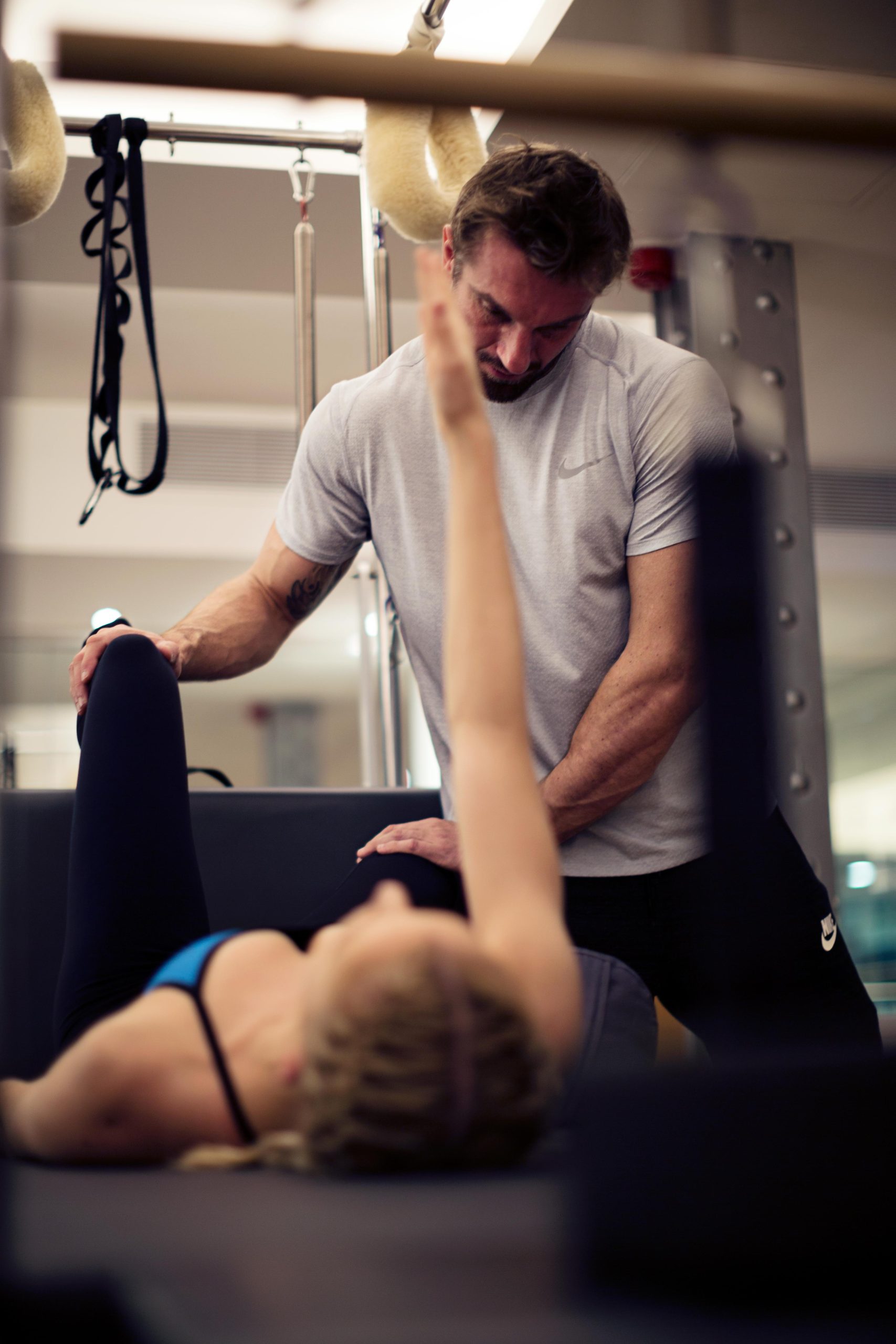
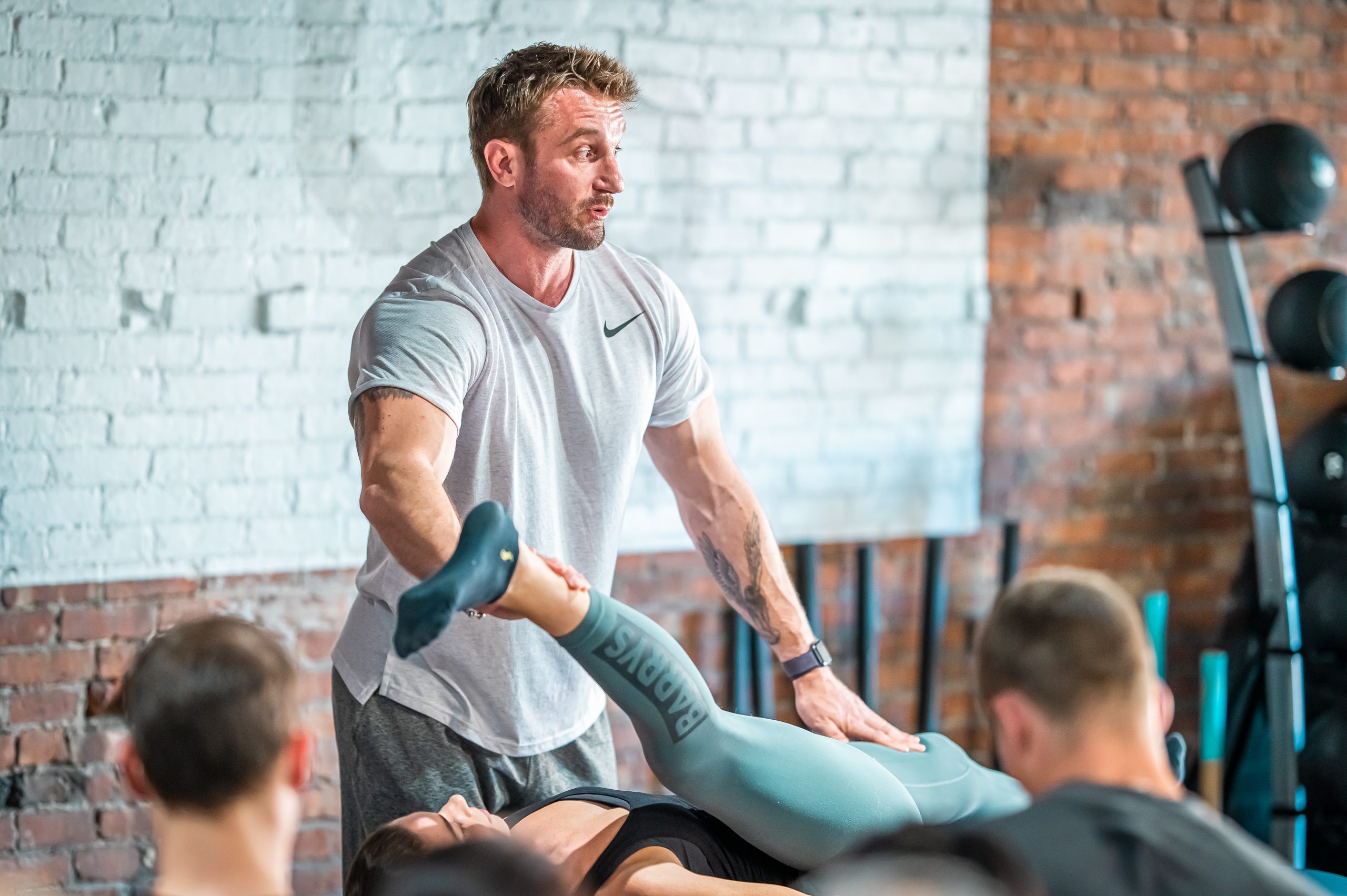
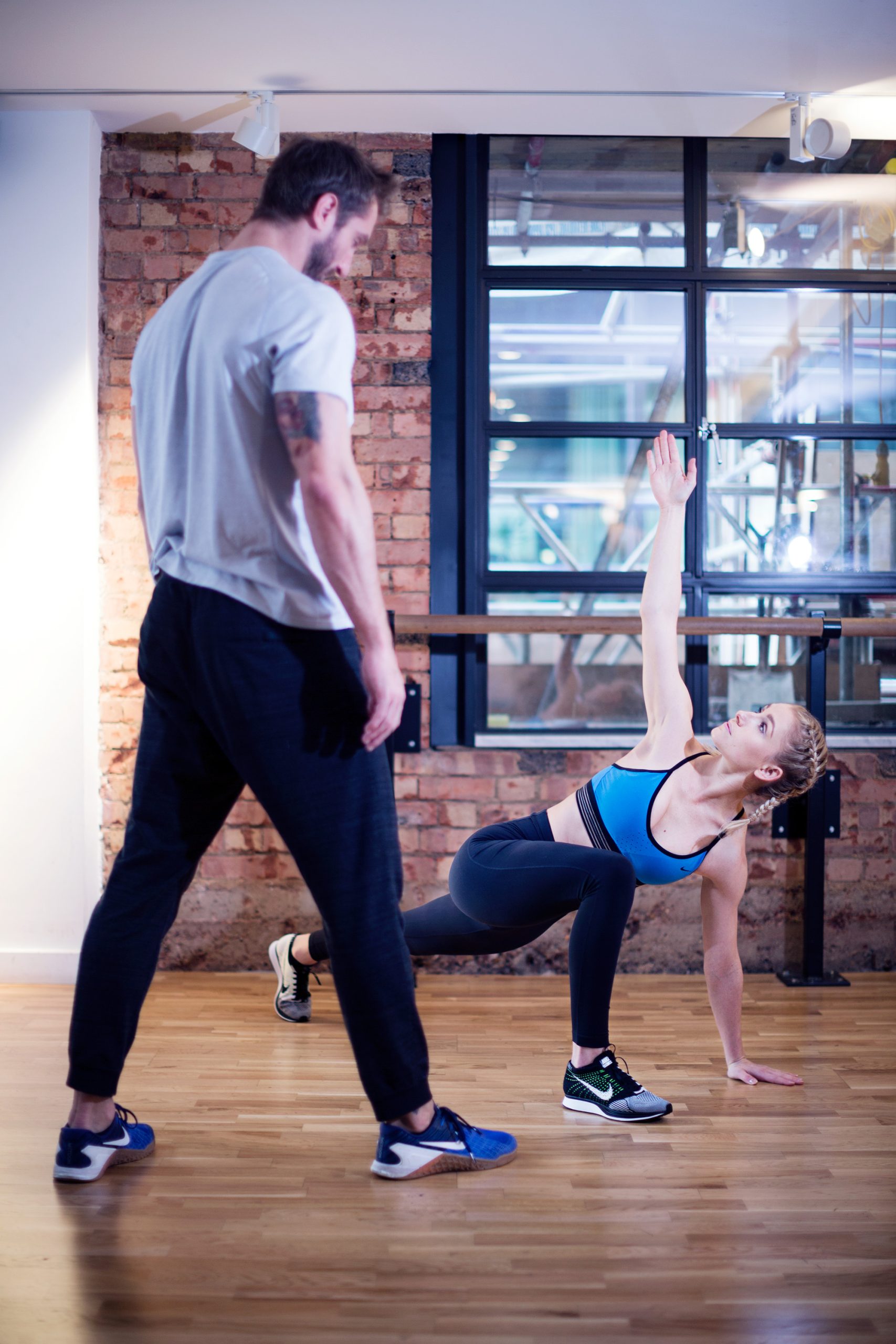

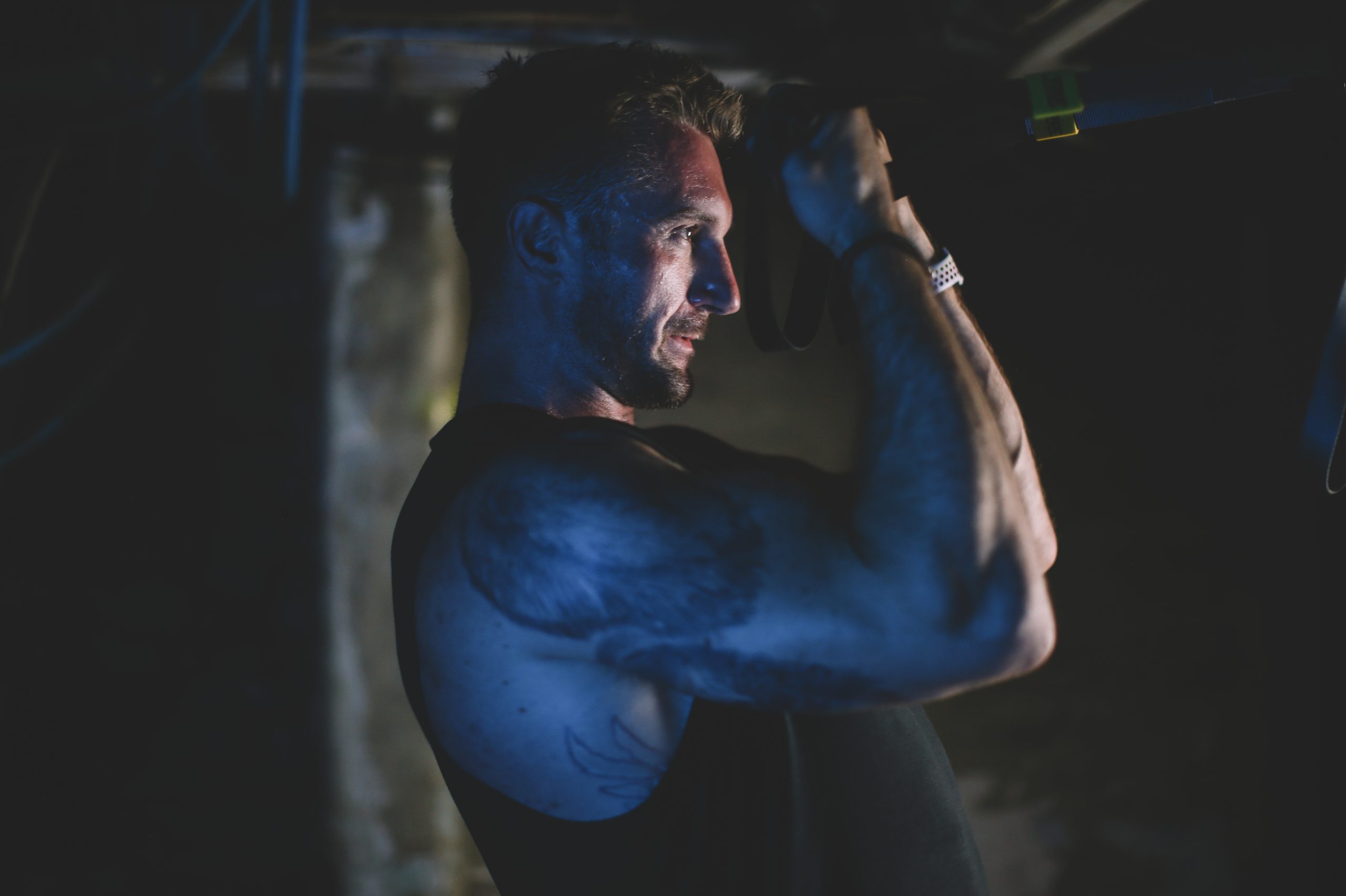
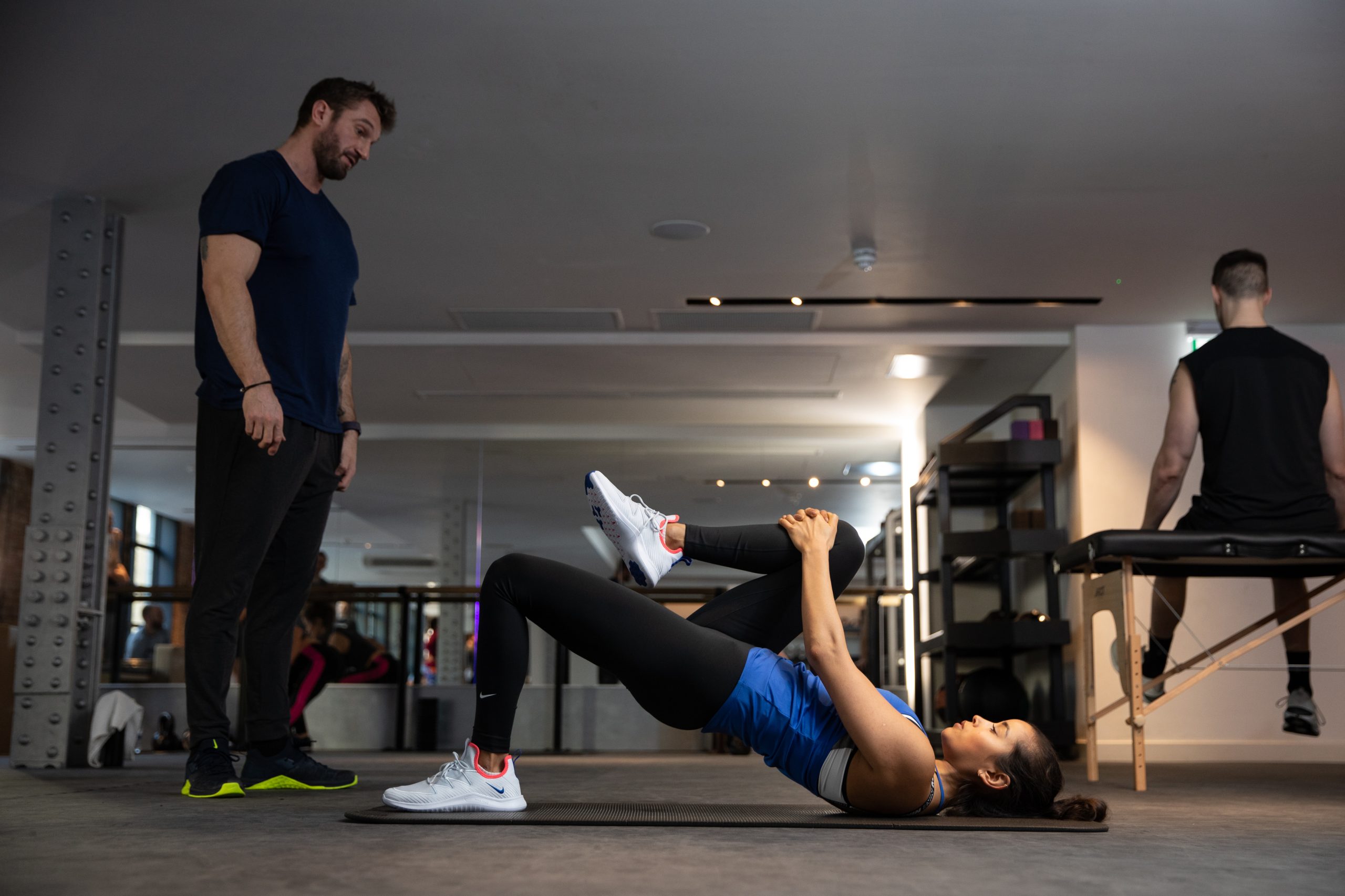
Leave A Comment
You must be logged in to post a comment.